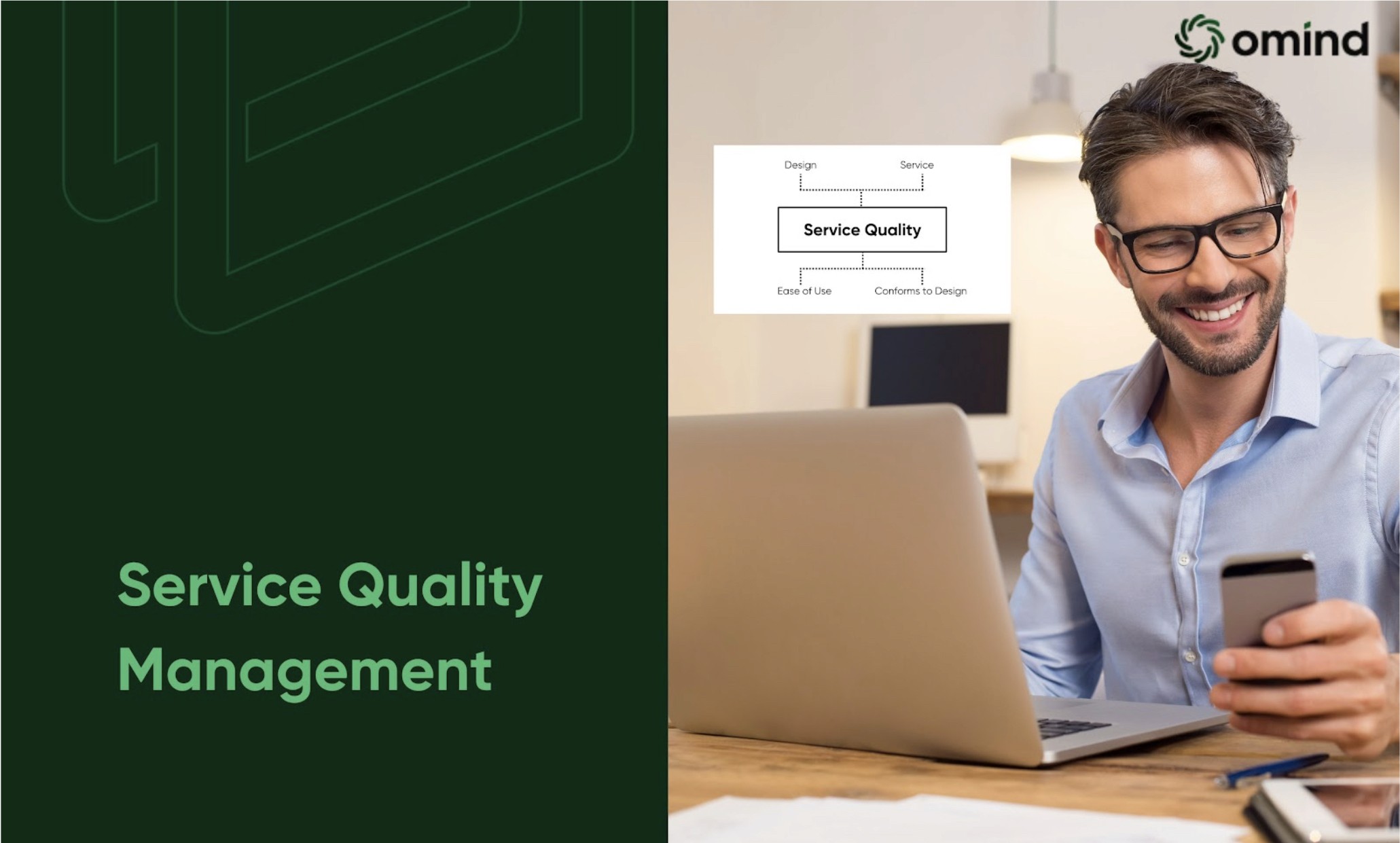Service quality management is the backbone of any customer-centric organization. It involves a systematic approach to ensuring consistent delivery of services that meet or exceed customer expectations. In this article we’ll explore the key components of a successful service quality management strategy and outline methods to measure its effectiveness.
Understanding Customer Needs
The foundation of superior service quality rests on how organizations understand their customers’ needs. To achieve this, they must actively seek out customer feedback: Collecting data from various sources such as surveys, social media, and customer interactions. Analyzing this information helps identify recurring themes and pain points, enabling businesses to pinpoint areas for improvement.
Once a clear understanding of customer needs is established, businesses can develop service quality standards that serve as a benchmark for service delivery and guide employee behavior. It is crucial to regularly revisit and update these standards to align with evolving customer expectations.
Establishing Service Quality Standards

Deriving service quality standards directly from customer needs is paramount. By setting clear benchmarks and creating specific metrics, businesses can measure performance against expectations. These metrics should be carefully selected to reflect the most critical aspects of service delivery. For example, a restaurant might measure average wait times, customer satisfaction scores, and employee turnover rates.
It’s important that team members also be trained in these standards. Comprehensive training programs should cover all aspects of service quality, from understanding customer needs to mastering specific job skills. Employees must grasp the importance of their role in creating a positive customer experience. Consistent reinforcement of service quality principles fosters a culture where delivering outstanding service becomes a shared responsibility.
Monitoring and Improvement
Continuous monitoring of service quality metrics is crucial for identifying areas requiring improvement. Regular analysis of performance data helps pinpoint trends and patterns. By addressing issues promptly and making necessary adjustments to processes and procedures, businesses can enhance service delivery. Investing in technology and equipment that support service quality initiatives can also yield significant benefits.
Even the best-laid plans can encounter service failures. A robust service recovery strategy is essential for mitigating the negative impact of such incidents. By identifying service failures quickly and responding promptly, businesses can turn dissatisfied customers into loyal advocates. Offering appropriate compensation or refunds demonstrates a commitment to customer satisfaction. Moreover, conducting thorough investigations into service failures can help prevent similar issues from recurring.
Measuring Service Quality

To gauge the effectiveness of a service quality management strategy, businesses must employ a variety of metrics. Some key performance indicators include:
Customer Satisfaction: Measures overall customer happiness with the service.
Customer Loyalty: Indicates the likelihood of customers returning and recommending the business.
Service Efficiency: Evaluates the speed and accuracy of service delivery.
Employee Satisfaction: Reflects the morale and engagement of the workforce.
Regularly tracking these metrics provides valuable insights into service performance and helps identify areas for improvement.
By diligently implementing these elements and consistently measuring performance, businesses can create a culture of service excellence that drives customer satisfaction and loyalty.
The Role of Technology in Service Quality Management

Technology is a potent tool for enhancing service quality. It streamlines operations, empowers employees, and provides valuable insights into customer behavior. By leveraging technology, businesses can achieve greater efficiency, personalization, and responsiveness.
Self-Service Platforms: Offering self-service options empowers customers to resolve issues independently, freeing up staff to handle more complex inquiries. Online portals, mobile apps, and interactive voice response (IVR) systems can provide customers with access to information, account management tools, and troubleshooting resources.
Data Analytics: Harnessing the power of data analytics provides valuable insights into customer behavior, service performance, and operational efficiency. By analyzing customer data, businesses can identify patterns, trends, and areas for improvement. Predictive analytics can even anticipate customer needs and proactively address potential issues.
Automation: Automating routine tasks frees up employees to focus on tasks requiring human interaction. Robotic process automation (RPA) can handle repetitive processes such as data entry, invoice processing, and customer onboarding. Automation improves efficiency, reduces errors, and enhances overall service delivery.
Omnichannel Support: Customers expect seamless interactions across multiple channels. Implementing an omnichannel support strategy ensures consistent service delivery regardless of how customers choose to engage. By integrating various communication channels, businesses can provide a unified customer experience.
Employee Technology: Equipping employees with the right technology tools enhances their ability to deliver exceptional service. Mobile devices, tablets, and wearable technology can provide real-time access to customer information, knowledge bases, and support resources. This empowers employees to make informed decisions and resolve customer issues efficiently.
By continuously monitoring these metrics, businesses can refine their technology strategy and maximize its impact on service quality.
Conclusion
By embracing innovative solutions and ensuring that the data they collect is aptly used in creating meaningful insights, businesses can create exceptional customer experiences and improve their service quality management. The addition of technology to understand and address customer needs and employee capabilities will allow organizations to build a strong foundation for long-term success.
To get started with improving your organization’s service quality management, choose Omind’s suite of services that include robust employee experience augmentation and CX automation solutions.
AUTHOR
Team Omind
Empowering Businesses with Unified Customer Experience Platform, Leveraging Advanced AI and Intelligent Automation
PRODUCT
QMS
Share LINK
Related Blogs




